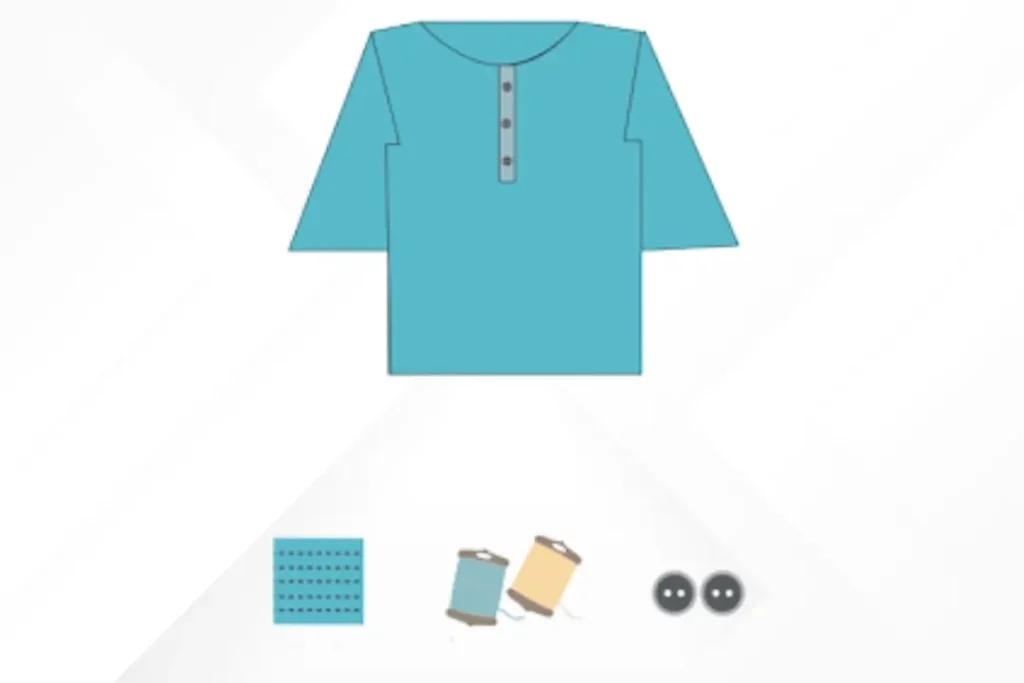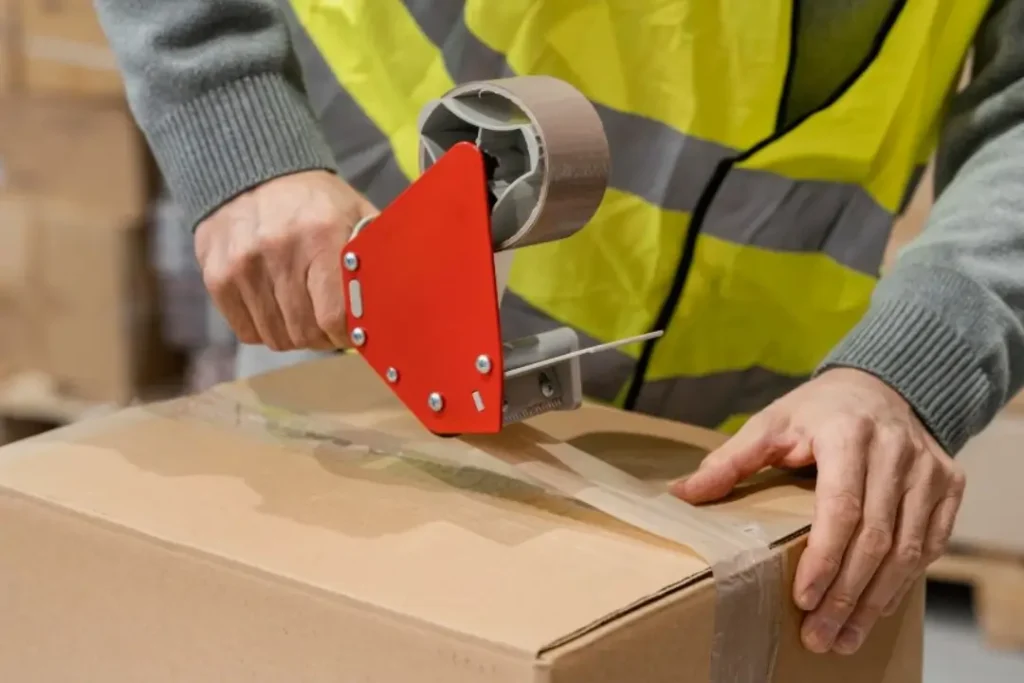
Why Clothing Brands Fail
Top Different Types of Shirts for Women and Men Top Different Types of Shirts for
Before You Produce a Single Garment: What You Must Know About Clothing Samples?
Launched a clothing line and ended up with pieces that didn’t fit right, felt cheap, or had crooked prints? You’re not alone. These are the kinds of problems that sneak in when you skip or rush through the sample-making process.
Here are some things to be aware of: Size and quality problems account for 70% of apparel returns. That represents a significant portion of lost sales, the majority of which may be prevented. Sampling allows you to identify those issues before they become expensive errors. It is your opportunity to ensure that the finished result reflects your vision, not just a stage in the process. You may save time, money, and the reputation of your brand by taking your time and treating your samples with care. Let us dissect it together.
Clothing samples are physical prototypes made before you move to full-scale production. Think of them as your design in real life, ready to be worn, tested, reviewed, and revised. They give you the chance to confirm your product looks, feels, and performs as intended.
Whether you’re launching a gym wear line, premium streetwear, or uniforms for corporate use, clothing samples let you fix mistakes before they become expensive disasters. From checking fit and fabric behavior to testing stitching durability and print accuracy, every detail is in your hands before any bulk order is approved.
Each sample type serves a different role. Knowing which ones to request (and when) keeps your production timeline smooth and budget in check.
The prototype is made to visualize the construction and structure. It’s not final in fabric, but it gives you a hands-on version to analyze shape, design flow, and early adjustments.

Used to test actual measurements on models. It checks proportions, mobility, and size accuracy based on your measurement chart. It’s especially useful if you’re targeting a niche size range.
This includes one sample for each size in your range (e.g., XS–XXL). It helps you review grading and ensures that sizing is consistent across the entire collection.
These are polished samples used for marketing, lookbooks, product photography, or presenting at buyer meetings. They must match the final production quality closely.
Made with your final materials, trims, labels, and packaging instructions. This is your last checkpoint before mass production begins; nothing should move forward without PPS approval.
Taken from the actual bulk production. This sample ensures your final pieces match the approved pre-production version in every detail.

Skipping the sampling phase may seem like a shortcut, but it often leads straight to quality issues, shipment delays, and rejections. Here’s how clothing samples work in your favor:
● Help visualize and fix design flaws early in the process.
● Permit in-person testing for comfort, durability, stretch, and fit.
● Before it is too late, check for issues with stitching, color fading, or fabric shrinking.
● Offer clear communication between you and the factory, removing assumptions.
● Provide a legal reference in case you need to challenge a defective bulk order.
Sampling without preparation leads to confusion, miscommunication, and wasted time. To get accurate clothing samples, you must lock in a few key elements beforehand:
1. A Detailed Tech Pack
It should include flat sketches, measurements, materials, trims, stitching instructions, and label placements. No step should be left open to interpretation.
2. Fabric and Trim Choices
Send real fabric swatches or provide exact fabric names with GSM, finish, and fiber content. This ensures your sample mirrors the final garment.
3. Color Standards
Use Pantone references or color chips to eliminate misinterpretation. Factory lighting differs; what looks “navy blue” to one team may look purple in daylight.
4. Branding and Label Details
Specify size tags, neck labels, care tags, printed logos, or embroidery artwork, along with exact placements and sizes.
5. Measurement Charts
Provide a clear size chart for every size you want to sample. Include tolerances (+/- allowances) to guide accuracy.
It’s rare for the first clothing sample to be perfect, and that’s normal. Plan for at least 2 to 4 sample rounds before bulk production.
● First round: Focuses on design and construction, expect moderate changes.
● Second round: Fit corrections, branding placements, and stitching improvements are tested.
● Third round: Almost final, used for stress-testing, wash tests, and branding accuracy.
● Fourth round (if needed): Final pre-production sample using final fabrics and packaging.
Rushing to approve a flawed sample often leads to bulk production that doesn’t match your expectations.
Clothing samples cost more than the bulk price per unit. This is because they involve special handling, manual cutting, extra attention, and are produced outside of normal production flow.
Depending on complexity and materials, samples can cost between $50 to $200+ each.
Yes, it’s an upfront expense, but it saves you from mass rejections, refunds, and rework that can cost ten times more. Sampling is not an add-on; it’s your production insurance.
Let’s talk about some avoidable (and all-too-common) mistakes brands make during clothing sampling. Each one of these can compromise your production run if not handled early.
Using general phrases like “just like that brand” gives room for errors. Provide exact measurements, fabrics, and visual references with full context.
Every fabric reacts differently to stitching, washing, and heat. Skipping fabric testing leads to surprises during production that could have been avoided.
Never approve a sample without trying it on the intended target audience. What works on paper may not work on the body.
Inspect buttons, labels, zippers, and embroidery for quality and placement. These small elements define how premium your garment feels.
Colors look different under studio, daylight, and indoor lights. Review your sample in multiple lighting conditions before approval.
Factories work with multiple clients. Always send updated instructions with every change or version; don’t assume they’ll remember everything from last time.
Fast-tracking samples just to meet launch deadlines often leads to subpar results. Sampling is where most quality is built in; don’t rush it.
When your final clothing sample is in hand, ask yourself these questions before giving the green light for production:
● Are the measurements consistent with the chart across all sizes?
● Are all trims, zippers, and prints placed and executed exactly as requested?
● Does the garment perform well in wash and wear tests?
● Is the color matching your standard under multiple lighting environments?
● Are branding and packaging elements correctly applied and well-finished?
If you answer “no” to any of the above, go back for revision. Once production starts, changes become costly and time-consuming.
Sampling isn’t a formality, it’s your quality control system, your communication tool, and your final test before investing in full-scale production. Brands that get this part right scale with fewer headaches and stronger customer retention.
At Experto Wears, we don’t just produce garments, we help brands get their clothing samples right from day one. With precise communication, real-time updates, and quality checks at every stage, we make sure your final product looks and performs exactly as expected.
Yes, because real-world behavior of fabric and stitching often differs from what’s on paper.
Only if absolutely nothing has changed, not the factory, materials, or even one thread in the design.
Samples require special handling, individual cutting, and attention from senior staff, outside the normal production flow.
Don’t panic. Document the issue, send visual references, and ask for a revision. That’s part of the process.
Expert Custom Clothing Manufcaturer

Top Different Types of Shirts for Women and Men Top Different Types of Shirts for

What You Must Know About Clothing Samples? Before You Produce a Single Garment: What You

How Much Does It Cost To Make a Hoodie A Complete Cost Breakdown for Custom

Discover the Types of Buttons Discover the Types of Buttons That Transform Style and Functionality
Most Recent Posts
Expert Custom Clothing Manufcaturer
Join our Mailing list!
Get all latest news, exclusive deals and updates.